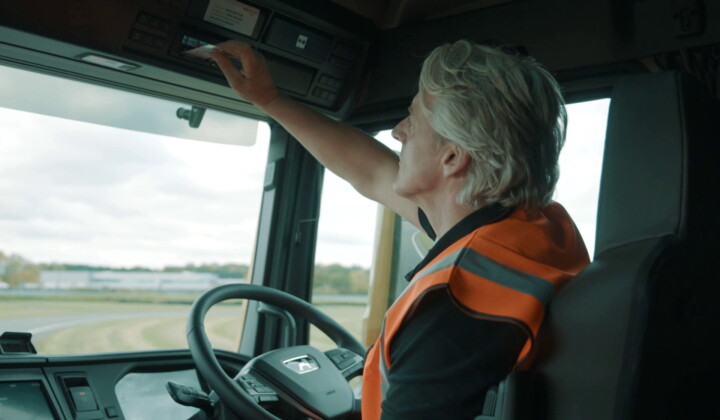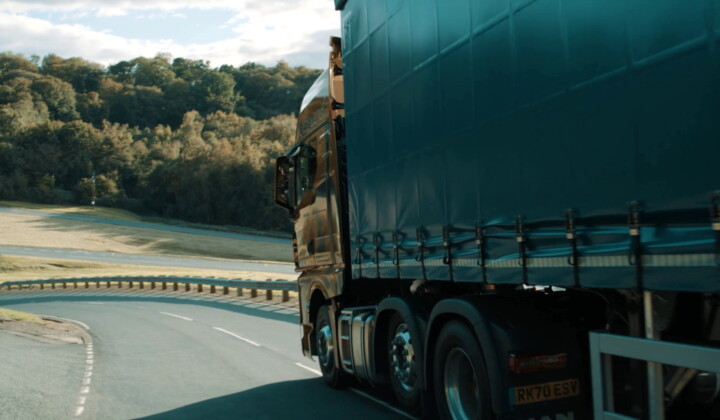Transport for London (TfL) has revised the Direct Vision Standard (DVS) relating to fitting sensors on articulated lorries. The update is designed to prevent false positive warnings from sensors going off unnecessarily when a vehicle is turning left.
Sensors to warn a driver when a cyclist or pedestrian is coming up on the inside will be mandatory for some HGVs entering Greater London under new rules coming into force on October 26 this year. The DVS and safety permit has been designed to reduce the risk of accidents caused when vulnerable road users enter blind spots around HGVs. It is part of London Mayor Sadiq Khan’s drive to improve road safety.
One potential issue with sensors fitted to the cabs of articulated lorries, is that they could be set off by the trailer when the vehicle is turning – giving a ‘false positive’ warning. The recent change to DVS specification spells out that sensors on artic cabs must be ‘suitably positioned to provide sufficient coverage, but preventing activation solely on articulation of the trailer.’
All HGVs over 12 tonnes – with a few exceptions – will be rated from zero to five stars depending on how easily a driver can see people who are close to their vehicles. Those with zero stars will not be allowed to enter Greater London without fitting a range of safety equipment including cameras, extra mirrors, side under-run protection and audible alerts when the vehicle is turning left and sensors to warn a driver when a cyclist or pedestrian comes up on the inside.
Fleet operators must obtain a permit for any HGV over 12 tonnes from TfL demonstrating that the vehicle meets the new requirements – or face a penalty charge of up to £550 each time it enters the area – drivers will also receive a £130 penalty.
Bolstering DVS with technological safety solutions
Combining fleet tracking solutions with multi-camera capability protects drivers and makes it easier to take full control of your fleet while reducing road risk. With a multi-camera solution, drivers are provided with live, in-cab video footage to increase awareness of what’s happening to, in, and around their vehicles at any given point in time.



